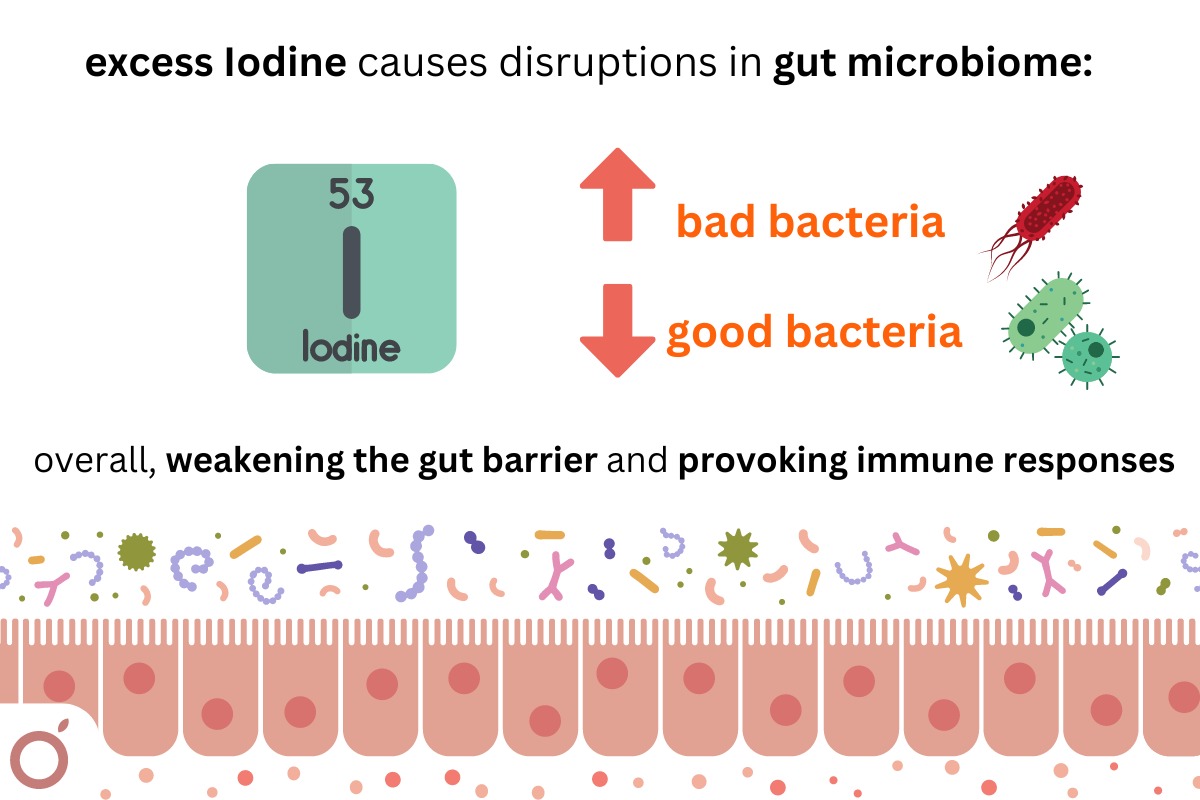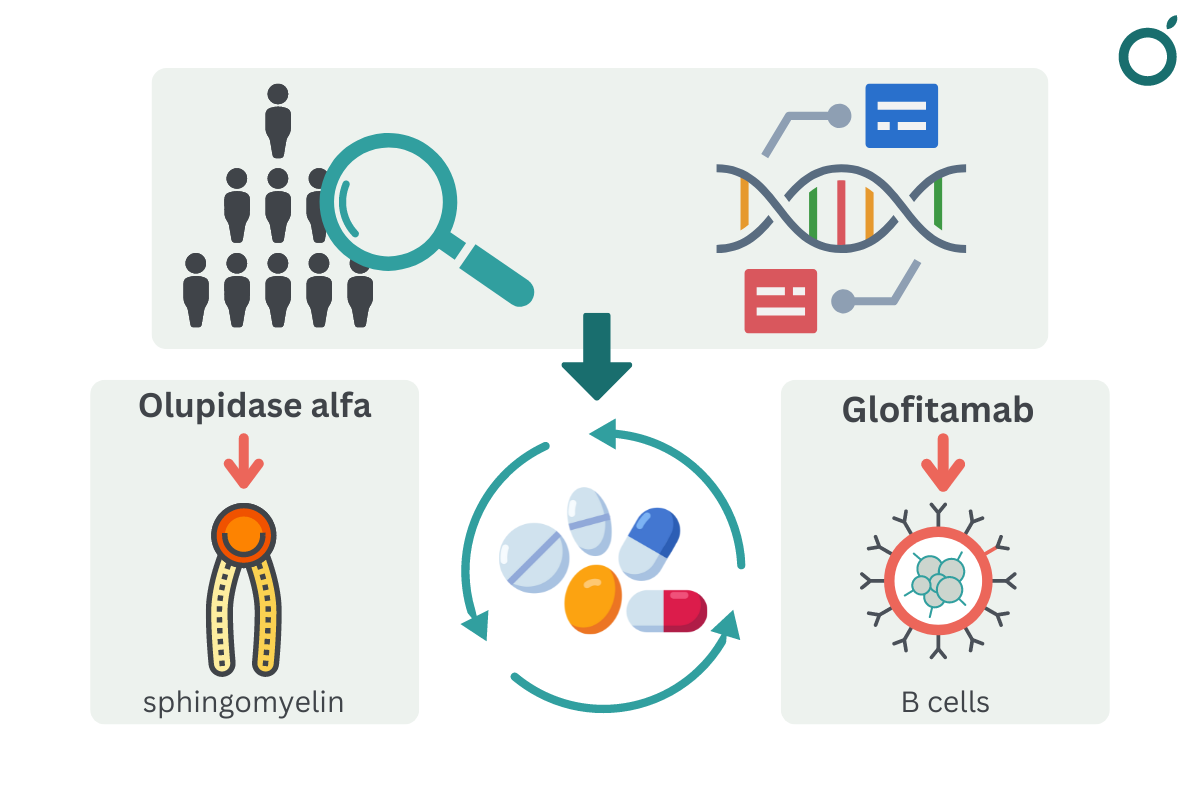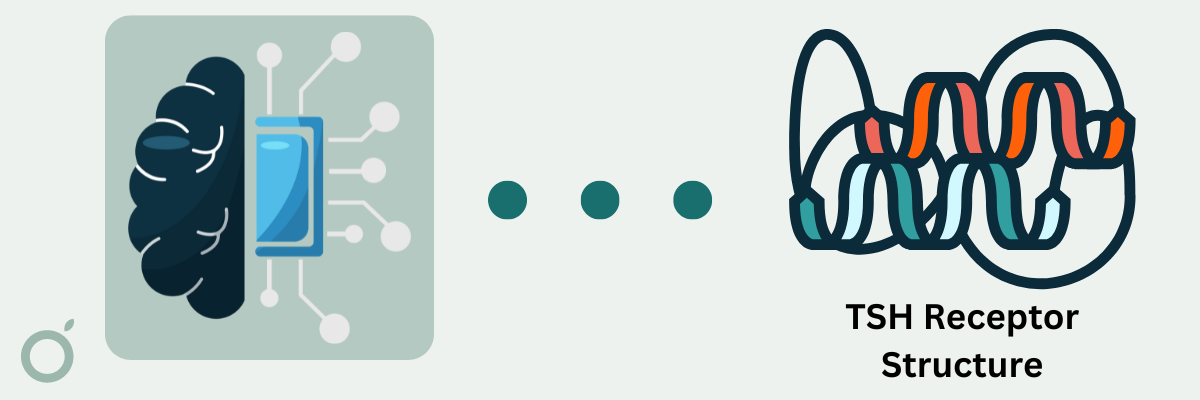Here are the latest research and treatment updates on the autoimmune disease Hashimoto's

Vita_Dor // Shutterstock
Here are the latest research and treatment updates on the autoimmune disease Hashimoto’s
A woman’s hands holding a paper form of the thyroid gland on a beige background.
Although Hashimoto’s is the most common autoimmune disease globally, there’s still plenty to uncover about this complex disease. However, thanks to ongoing research on the gut microbiome, genetics, and autoimmunity, great strides are being made toward discerning its root causes and potential treatments. Whether you’re a patient, caregiver, or healthcare provider, Guava Health‘s overview will keep your finger on the pulse when it comes to treatments, clinical trials, and progress in Hashimoto’s and thyroid disorders. Here’s a snapshot of the most important findings.
Hashimoto’s thyroiditis is a type of hypothyroidism or an underactive thyroid, that’s caused by autoimmune dysfunction. In other words, Hashimoto’s occurs in people whose immune system attacks the thyroid gland, causing it to malfunction and lead to a variety of symptoms. High levels of thyroid stimulating hormone (TSH) can be indicative of Hashimoto’s.
The gut health connection
The gut microbiome has been a somewhat explosive topic in the past few years, but only recently have scientists begun to examine the gut-thyroid axis or how the gut interacts with thyroid regulation. A key dietary factor that contributes to thyroid hormone (T3 and T4) composition is iodine, so that’s where researchers started. It turns out that although underconsumption of iodine can sometimes lead to underactive thyroid regulation, overconsumption can do the same (and often does). As counterintuitive as it may be, a 2020 population study from China proved it. Excessive iodine consumption can lead to inflammation of the thyroid gland, which in turn can cause functional issues that lead to hypothyroidism.
Research from January of 2024 sought out to understand how microbes play a role in iodine consumption and hypothyroidism. This research found that too much iodine in the digestive system can knock healthy gut microbial populations off-kilter, decreasing the balance of beneficial bacteria and increasing the bad.
These beneficial bacteria produce byproducts that do two major things. 1) They keep immune responses at bay and 2) they help strengthen gut barrier integrity. With this newfound knowledge, scientists can start looking into treatment methods utilizing dietary intervention and probiotic supplementation to support proper microbial balances.
![]()

Guava Health
Opportunities in drug repurposing
Graphic showing “How excess iodine and the gut microbiome influence thyroid function.”
In August of 2024, researchers performed a ‘multi-omics’ study, meaning they looked into multiple biological factors at once and looked for relationships between them. By looking at the genomes of hypothyroid patients, they were able to find certain biomarkers the disease group had in common.
They found that Hashimoto’s patients tend to have elevated levels of sphingomyelin, a cell membrane component that can potentially cause damage to organs when it accumulates. This presents an opportunity to repurpose an existing drug, Olupidase alfa, that helps to get rid of it. They also identified an immune T cell marker, CD3, associated with hypothyroidism that can work with the existing cancer drug (Glofitamab) to trigger the destruction of B cells. B cells are responsible for producing self-antibodies that trigger the autoimmune response in Hashimoto’s, so getting rid of certain B cells could be quite useful for treatment.

Guava Health
Developments in pregnancy and thyroid antibodies
Graphic showing “How researchers used ‘multi-omics’ to discover potential drugs to repurpose for Hashimoto’s”.
In July 2024, new research from a study conducted in São Paulo observed a significant decrease in anti-thyroid antibodies causing Hashimoto’s, specifically anti-thyroglobulin (anti-Tg) and anti-thyroid peroxidase (anti-TPO), in women with autoimmune thyroid diseases during pregnancy. Results showed that as pregnancy progressed in the 30 women, blood concentrations of anti-TPO and A-Tg decreased, reaching their lowest levels in the third trimester before returning to pre-pregnancy values postpartum. Since there’s previous evidence of an “immune clock of human pregnancy,” this provides important insights into adjusting treatment strategies during pregnancy for those affected by autoimmune thyroid diseases like Graves’ and Hashimoto’s.

Guava Health
Using AI to understand Hashimoto’s and other autoimmune thyroid disorders
Graphic showing “Discovering TSH receptor structure and function with AI”.
In 2022, with the help of AI, investigators published the first complete model of the thyroid-stimulating hormone receptor. Visualizing the receptor for TSH has been incredibly useful for researchers and has already led to a couple of new discoveries. To the biologists’ surprise in 2023, a newfound region on the TSH receptor allows water entry and exit. Since both thyroid and non-thyroid cells (i.e. the brain, bones, neurons, and fat storage cells) use this receptor, TSH may have more to do with water movement throughout the body than we once thought. This is also exciting news for hyperthyroidism in Graves’ Disease since it too relies on TSH receptor activity—targeting this region could be an effective way to shut the receptor down.
Hashimoto’s encephalopathy might not be Hashimoto’s
Hashimoto’s encephalopathy is a rare type of encephalopathy, or brain dysfunction, that also occurs in the presence of auto-antibodies. The difference between the common form of Hashimoto’s and Hashimoto’s encephalopathy is that HE patients present with normal TSH levels. Because of this difference, the common treatment for HE is corticosteroids instead of replacement thyroid hormones, like levothyroxine, or Synthroid, used to treat regular Hashimoto’s. Despite the common co-occurrence of thyroid issues with HE, it’s still not well understood how the two are related. This is leading some to believe it should be renamed to exclude concrete ties with Hashimoto’s.
Looking ahead
The future of Hashimoto’s research is promising. Ongoing studies are expected to explore the gut-thyroid connection even further, develop personalized treatments, and introduce new ways to diagnose the disease earlier. All of this points to a future where managing Hashimoto’s could be more effective and tailored to individual needs.
This story was produced by Guava Health and reviewed and distributed by Stacker Media.